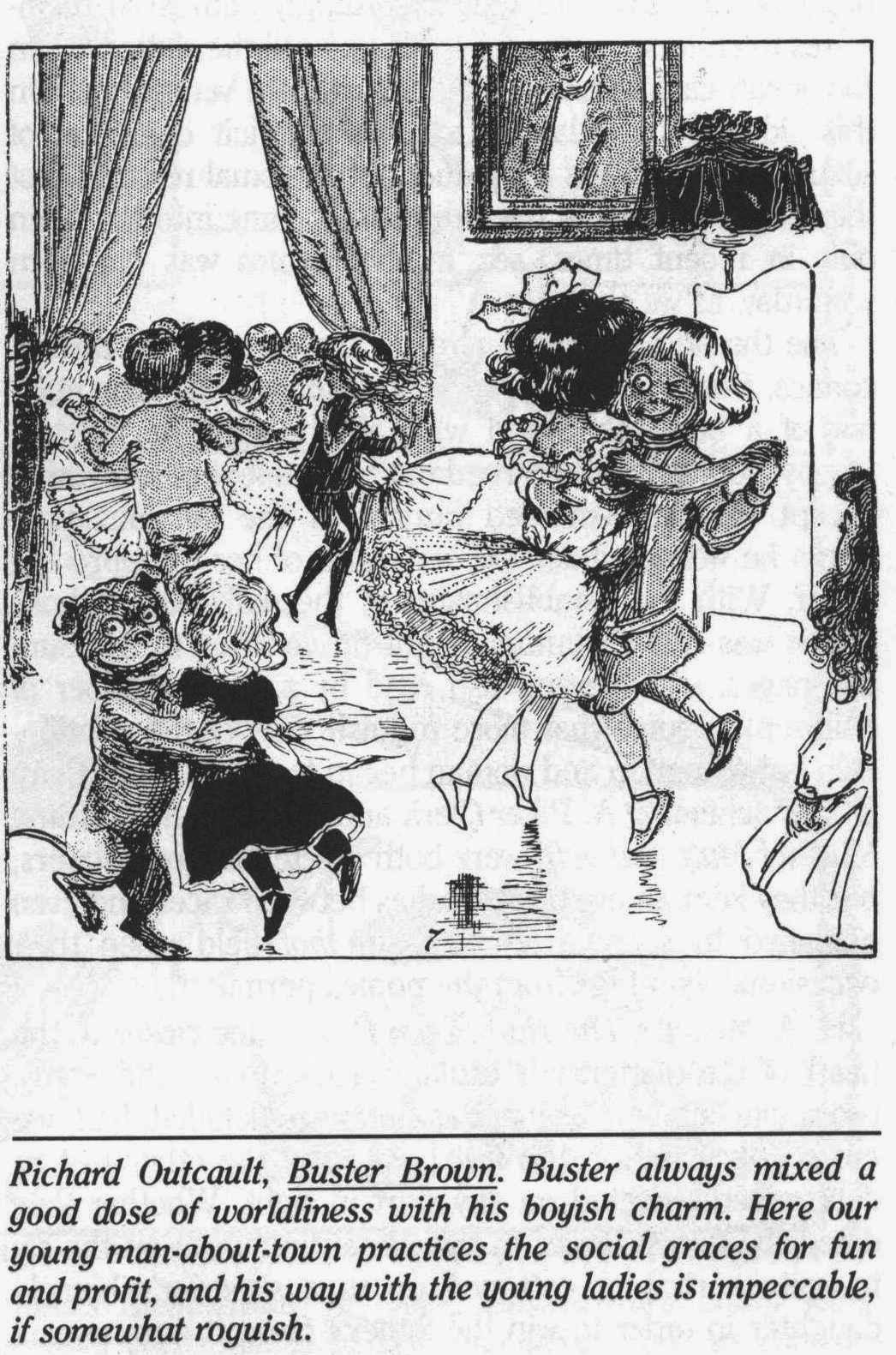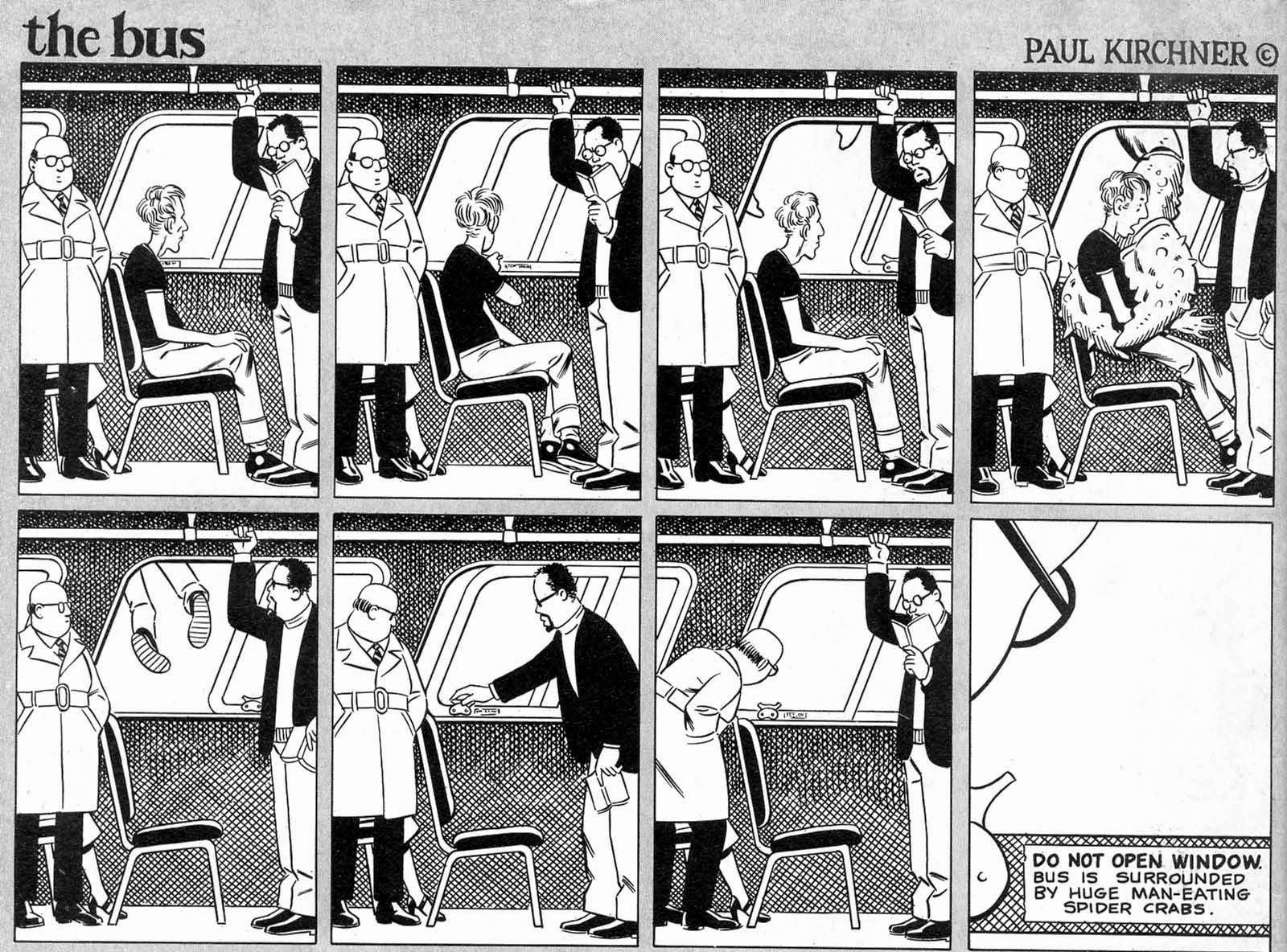Chelsea House 1985
‘Sex in the
Comics’ was published in 1985 by Chelsea House. The hardbound edition is a
well-made, quality book, primarily illustrated in black and white and graytone text, with
two sections of color illustrations.
The contents might have been considered provocative and hard-core in 1985; however, by 2014 standards, this is probably an 'R' rated compendium (or perhaps a softcore 'X'). Needless to say, modern teenagers would find its contents quaint, if not mildly amusing.
Maurice Horn
published a number of books throughout the 70s and 80s on various aspects of
comics and graphic art, including The World Encyclopedia of Comics, Women in
the Comics, Contemporary Graphic Artists, and 100 Years of American Newspaper
Comics.
‘Sex in the
Comics’ is an overview of this topic in both history and geography. The initial
chapters look at sex in 19th and early 20th century
newspaper strips, such as ‘Bringing Up Father’. Other chapters examine comics
in the pre- and post- WWI period, as well as the advent of soap opera strips,
like ‘On Stage’, which I remember reading in the pages of the the Sunday New York
Daily News as a kid in the late 60s and early 70s.
For fans of
sf and fantasy, the two corresponding chapters: 'Spaced Out Sex' and 'Sex and Fantasy', will be of greater interest.
While inevitably dated, these chapters give a good summary of these genres as they stood
in the mid-80s.
Works by European artists, many of whom are very familiar to
readers of Heavy Metal, Creepy, Eerie, and Vampirella, are prominently covered in these chapters.
Other
chapters cover sex in underground comix, superheroes and sex, and ‘satirical
sex’, (whatever that is).
The book’s
two color plate sections, one inserted mid-way in the book, and the other as part of the
appendix, offer very good reproductions of selected pages and panels from both
well-known and more obscure works.
The
appendix, ‘A Comic View of Sex Around the World’, features a large section of
excerpts from comics from the USA, Europe, South America, and Asia. Again,
while dated, there is some interesting material showcased.
Fans
of comics will want to pick up a copy of this
book; used copies in hardback and trade paperback editions are available for
reasonable prices online.





























.jpg)





















